Sony Xperia XZ Review - Screen and Software Review
Screen and Software
New Sony flagship, same old problems
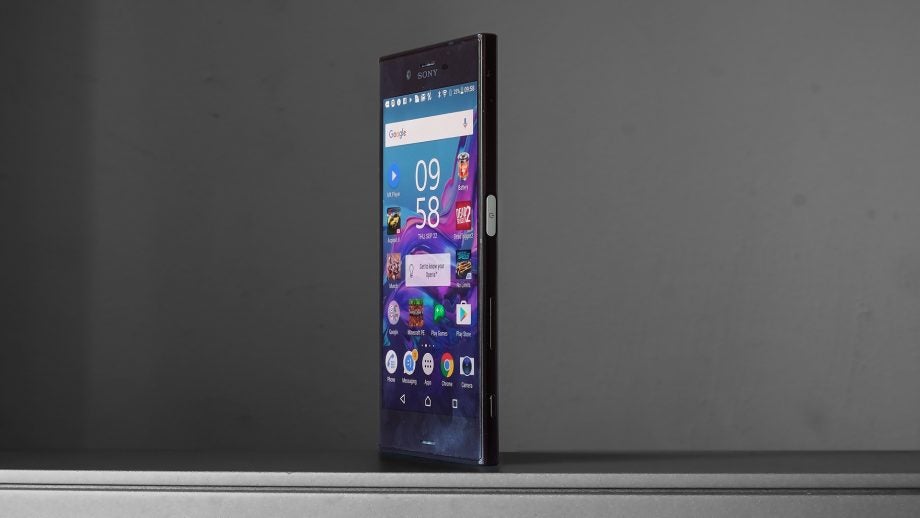
Sections
- Page 1 Sony Xperia XZ Review
- Page 2 Screen and Software Review
- Page 3 Camera Review
- Page 4 Battery Life, Speakers and Verdict Review
Sony Xperia XZ – Screen
Sony is a master of making LCD screens look super-colourful and bold, and that hasn’t changed with the Xperia XZ.
When cheaper phones try to fit in super-saturated screens, they can look almost over-driven and uncomfortable to look at. The Sony Xperia XZ, on the other hand, looks almost juicy. It’s the phone screen equivalent of a posh market display of colourful, ripe fruit.
Few phone screens pop quite like this one. It’s lively, vivid and bold. It’s also not really my bag. I prefer a more relaxed, “accurate” colour style closer to that of an iPhone or the standard screen setting of a Samsung Galaxy S7.
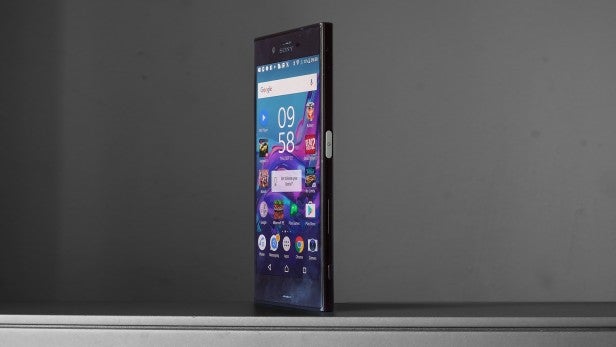
Contrast is also excellent for an LCD, and viewing angles are superb.
The Sony Xperia XZ is not an ultra-high-resolution phone, though. Like all the previous top Xperia Z models bar the 4K Z5 Premium, it has a 1080p screen.
As it’s 5.2 inches across, the lack of QHD resolution isn’t immediately obvious, particularly when the display already slaps you across the face with its bold style. It’s with larger phones that you really notice the difference between 1080p and QHD. However, up close you can see rounded text isn’t quite as pristine as it is on the Galaxy S7.
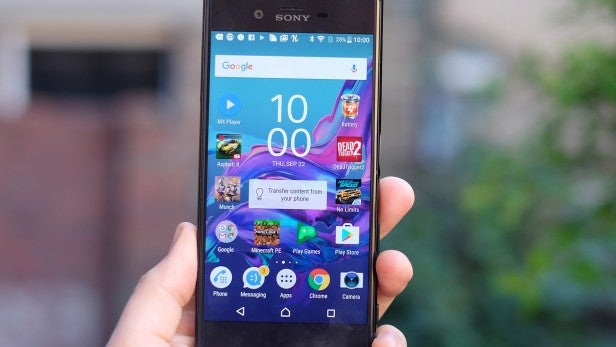
The Sony Xperia XZ lets you tweak the character of the screen a little, but only for viewing media. An Image Enhancement menu in Settings offers X-Reality and Super-vivid modes that pump up the contrast and colour saturation for photos and videos.
I’d recommend steering clear of either for photographers, as it’ll make your photos look different on-screen than they’ll look elsewhere. However, the X-Reality mode can make videos look that bit punchier.
Like other Xperias, there’s also a relatively unfriendly tool to tweak the white balance using RGB sliders in Settings. It’s effective, but seems almost designed not to be used, as the results look awful unless you spend a while tweaking them.
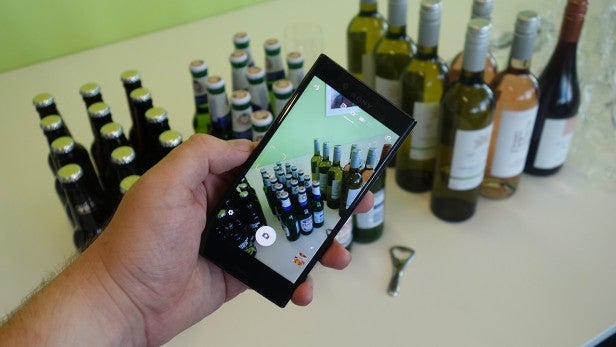
Sony Xperia XZ — Software and Interface
As the Sony Xperia XZ arrived just before Android 7.0, it’s left running Android 6.0.1 Marshmallow at the moment. That means no on-screen multi-tasking and the use of the old simple notifications system rather than the much more complicated one Google just introduced.
However, we expect the phone to get an update in good time.
It’s Sony’s custom UI that dictates the look and feel of the Xperia XZ anyway. It’s been given a slight tweak since the Xperia Z5 to make it look that bit sharper. Little things like carefully chosen fonts and an interface that doesn’t make irregular-shaped icons look weird add up to a slick-looking UI.
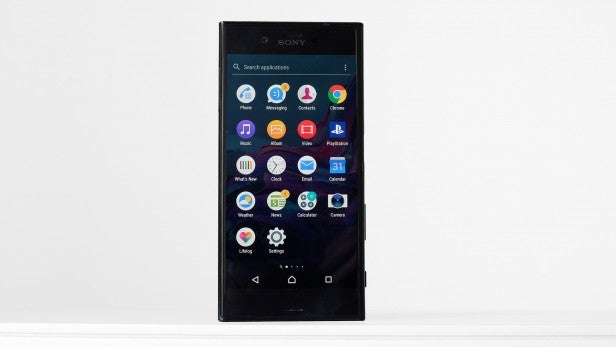
You’re given scope to ruin all this effort too, because the Xperia XZ supports themes. A bunch of tasteful Sony ones come preinstalled, but you can download more too, and some alter basic interface elements like the look of the soft keys and the translucency of the apps menu.
I’ve not found one that looks better than the default set, and several look a lot worse, but there are enough to play with if you get bored of the fairly serious Sony look. Many of the themes are paid-for, though. Maybe it’s taken a few too many cues from Sony PlayStation and its paid-for console themes.

What you can’t change, without switching interfaces altogether, is the Sony apps menu style. With Android 5.0, Google started using a vertical app scroll rather than pages of apps, but Sony still uses the old paginated style.
Neither style is empirically better, but you might find hunting for the right app takes a bit longer here if you have a huge app collection. Sony gives you the tools to organise your stash, though. You can choose how apps are sorted – by date, by use, alphabetically – and make folders within the apps menu to cut down the number of apps pages you use.
I’d rather have the Android M apps menu, but it only took a day or two to bed back into this style.
You can tear around the interface at high speed too. On a couple of occasions I noticed transition animations looking a tiny bit juddery, but they’re generally very smooth and snappy. The Xperia XZ feels quick.
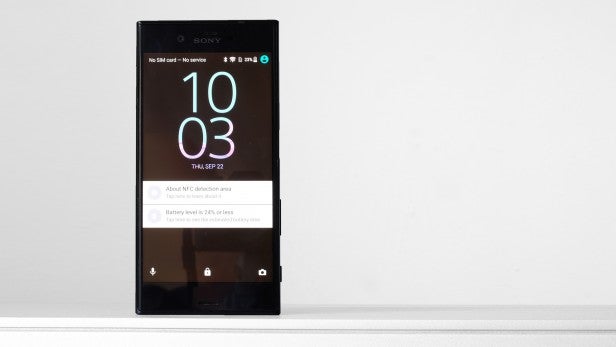
Sony Xperia XZ — Performance and Benchmarks
The Sony Xperia XZ has a Snapdragon 820 CPU, Qualcomm’s top mobile CPU for 2016. It’s a quad-core CPU, but one that’s been upgraded to Kyro cores for the kind of efficiency and power the old Cortex-A57s of the Snapdragon 810 can’t touch.
Two of the cores are clocked at 2.15GHz, the other two at 1.6GHz, so you still have that split down the middle. One side of the CPU is for high performance, the other for lower-intensity tasks.
It would be disingenuous to suggest that you’ll see a huge upgrade if you already use a Snapdragon 810 CPU, but you do get a bit more slack to take you into, say, 2018. All popular games run just about perfectly on the Sony Xperia XZ. Asphalt 8, Dead Trigger 2, Minecraft at max settings, and Xbox-era port Oddworld: Munch’s Odysee all work great.

None of these really have the demand to stretch a phone like this, though. They’ll work great even with a Snapdragon 625.
You actually need to find a poorly designed game to test the outer limits of a phone such as the Xperia XZ. For example, Just Drive Simulator is not a great game, and features optional visual effects including intense real-time shadows that can really slow down even a capable phone. They don’t slow down the Xperia XZ. There’s a lot of GPU slack when running this setup at 1080p.
Whether you’ll end up using it is another matter.
Other parts of the Sony Xperia XZ are also top-quality. There’s 3GB of DDR4 RAM, and the 32GB of internal storage is pretty fast at reading and writing data.
How we test phones
We test every mobile phone we review thoroughly. We use industry standard tests to compare features properly and we use the phone as our main device over the review period. We’ll always tell you what we find and we never, ever, accept money to review a product.


